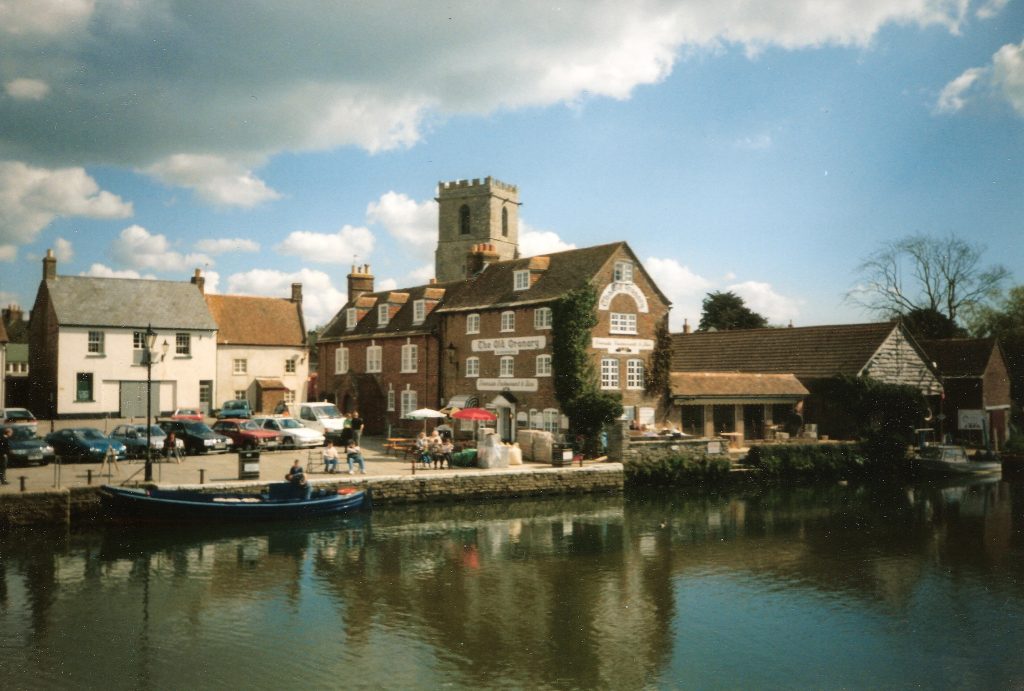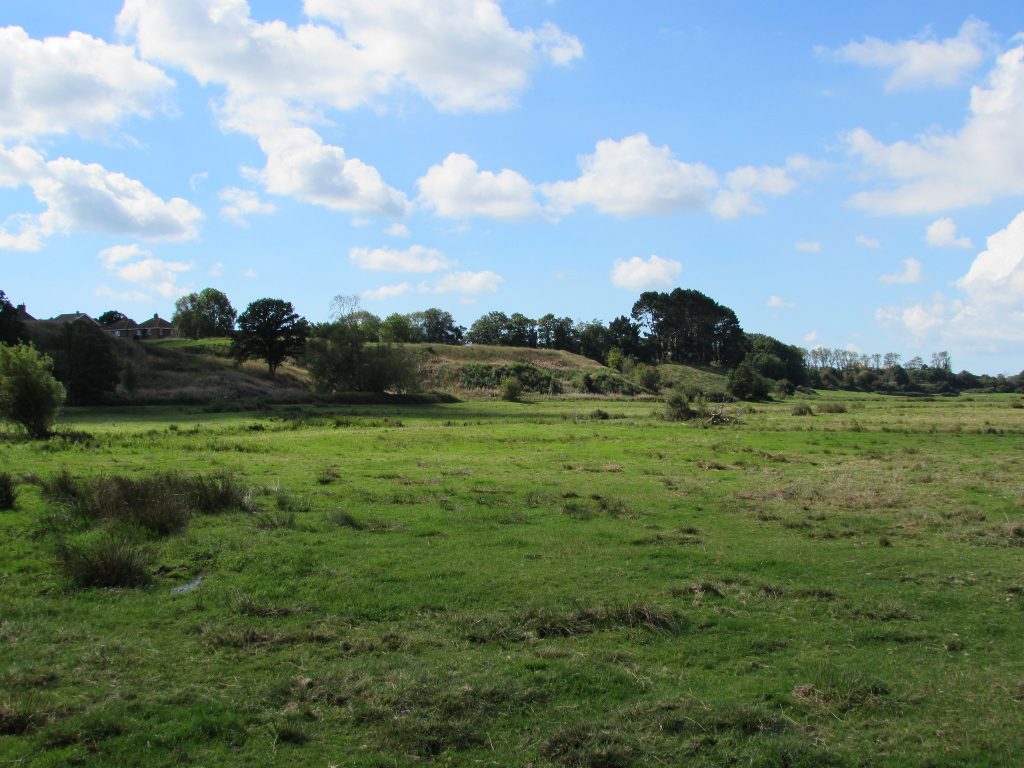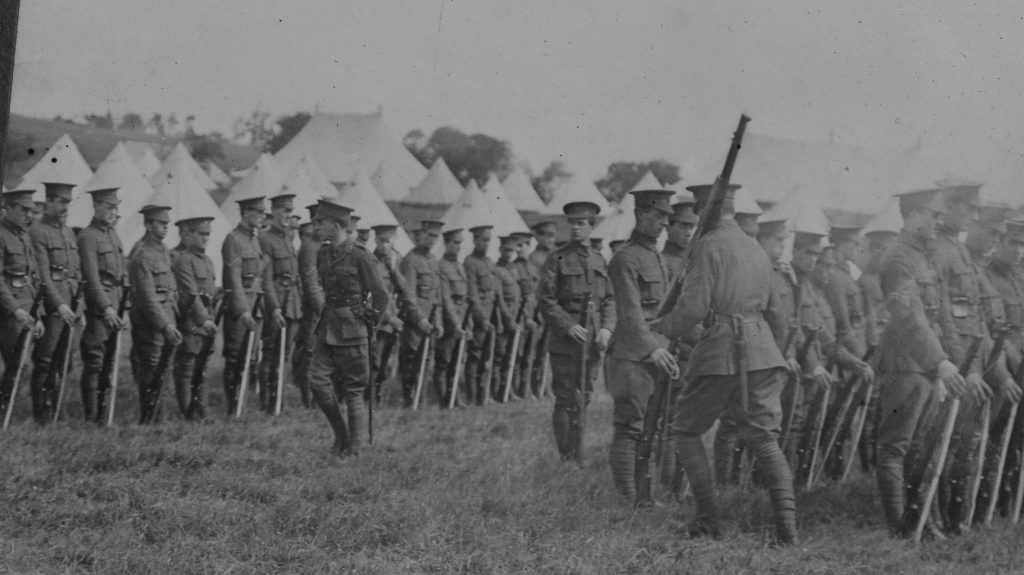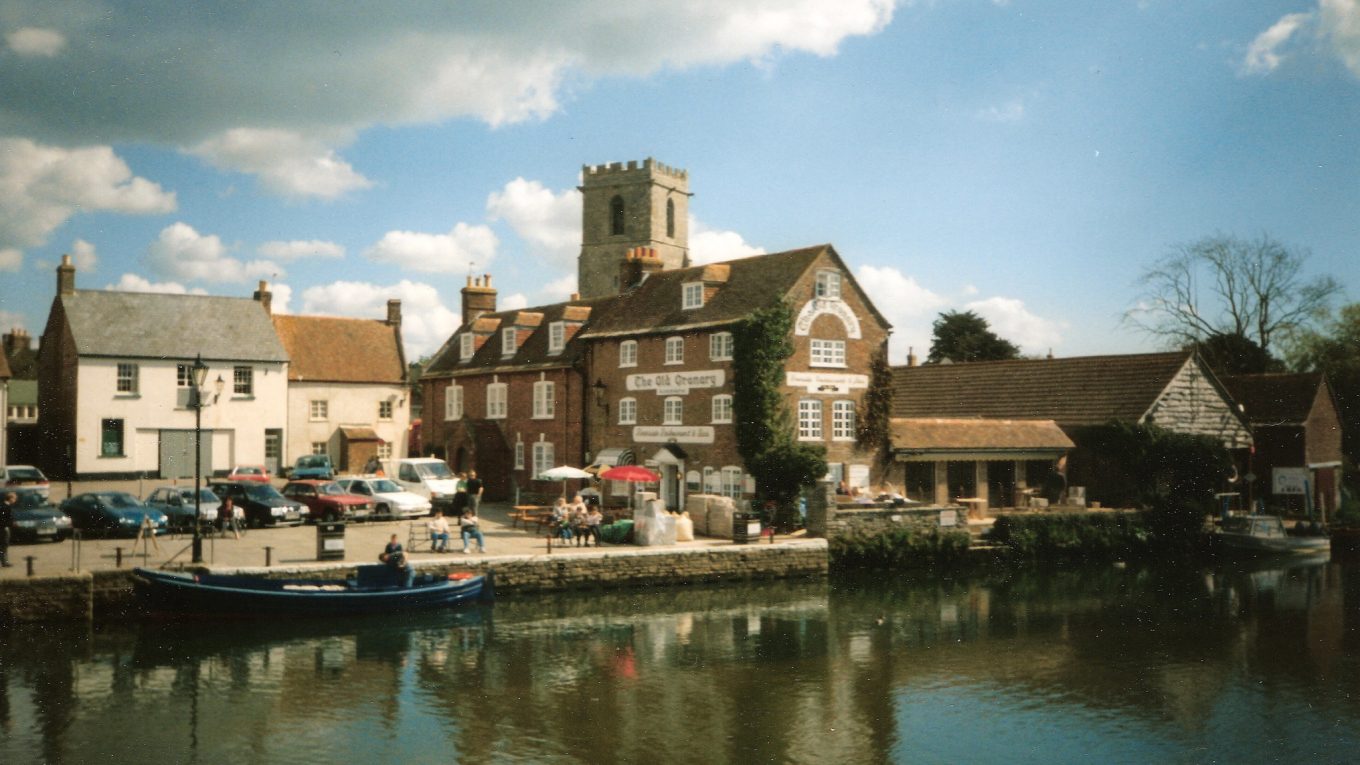Dorset, the heritage of Wareham.
Wareham is a market town established during the 7-9th century, situated around the river Frome, river piddle, and the surrounding flood plains, despite being a relatively small town it has contributed much to the overarching story of British history from the Celtic settlements to the climax of the second world war, it is a town everchanging with the world around it.

cultural importance (7th-11th century).
while Wareham has Celtic and roman roots, the original settlement that would become Wareham was created by Saxons after conquering the local Celts in approximately 750 AD.
during 876 there was further conflict when Danes invaded the town, occupying it until a treaty was made with Alfred the great, king of Wessex, and they withdrew. this marks the creation of Wareham’s most identifiable feature. The walls, constructed of earth to deter attackers, this was in part integration of Wareham into a greater augment of a series of burh across his kingdom, defensive installations should the Danes return or the possibility of Viking raids, outside of the fact the town now resembled a fortress, it was thriving among the marketplaces so much so two royal mints were implemented in the town, making it an economic and strategic asset for the greater British kingdom. it would also house Edward the martyr’s body, the eldest child (although not the heir apparent) to Edgard the peaceful, in the St Mary’s church after hew was murdered in corf castle and disposed of in Wareham, although his body was recovered an buried in Shaftesbury, but his ornate marble coffin remains at the parish, then in 1015 when the king of England died and one of the claimants, king Canute, backed by the Danes, sacked the town on his way to cement his claim, despite this the town eventually recovered. it was attacked again during the Norman’s invasion of England, William I also harassed the town on his way to attack Exeter however these skirmishes did not cause substantial damage. there would be further conflict in the region at large during the 12th century civil war which saw many fortifications built and later destroyed under various peace agreements such as the treaty of Wallingford in 1153 which saw to the majority of the disarmament and deconstruction of defensive installations, these include one on the bank of the river Frome which is now called castle close in modern day. whilst this marks some of the earliest examples of conflict befalling the town it would neither be the last, or the bloodiest.

history’s impact on modern Wareham (17th-20th century).
During the English civil war, Wareham saw its most bloody conflict, wherein Wareham initially supported the parliament wherein it was occupied by royalists and in 1642, £60 was spent building up fortifications on the walls in preparation for war, it was then occupied in 1643 by Sir ralph Hopton, however on the 16th of august 1644 a force of approximately 2000 parliamentarians under the command of Sir Ashley Cooper later retook the town by breaching the western walls. After the parliamentarians retook the town, it was advised that the walls be repaired and maintained, after being purposefully damaged by the royalists to prevent effective occupation from their opposition. it was decided that the advantage that the walls provided warranted the requisite of the resources to repair and augment certain areas with motes and outposts. Wareham would also play an albeit small part in the Monmouth rebellion wherein the duke of Monmouth who had been in self-imposed exile in the Dutch republic, he coordinated with another Scottish uprising dubbed Argyll’s rising, landing in Lyme Regis in 1685 he attempted to recruit from the south west of England where he had received support prior, whilst he recruited many, he was swiftly defeated when he was met by the army. he was executed later the same year for treason, his supporters were also executed in an event dubbed the bloody assizes led by judge Jeffreys, which Wareham swiftly cooperated, with seven men being executed on the western bank of the walls, the area is referred to ‘bloody banks’ to this day, despite this being just approximately 315 years ago, should a name or title carry the weight of an event wit substance, such as the execution of seven men, ironically when asked many of the inhabitants of Wareham do not know why the area is referred to as bloody banks, alongside the actual name of the town which is derivative from old Latin Wer-Ham which plays into its relationship with the river it was founded on and the fishing industry that slowly faded as the river was used more for trade than as a primary source for income.
whilst industry in Wareham remained the same well into the 19th century, it followed the advancements that were garnered from invention, such as 1847 it received gas connection, alongside the construction of railway lines near the warehouses allowing the inhabitants easy access to travel across Britain. in 1889 Oddfellow’s hall was constructed, originally built to house a variety of different performances and venues, it was later renovated and turned into a small traditional cinema that remains operational with a bar and single screen. it was in 1906 the town received implementation of water pipes, and with the onset of the first world war in 1914 one of the largest military instalments had been built, it provided many amenities for the mass of soldier from all over the world to keep themselves occupied, most of which were constructed around the worgeret area in Wareham, these included the ‘garrison cinema theatre’ and the YMCA (Young Men’s Christian association), this was alongside sewage implementations, as well as stables for the horses. and the necessary training implements for trench warfare among other things. this was later all dismantled in favour of expanding the camps in Bovington.

Source: James Liang
Archaeological importance
Wareham has been a source of substantial archaeological finds regarding the roots of the town, the most fruitful of which come from the best wall quarry site which currently has been designated a sssi (site of specific scientific interest) granting it specific protections from exploitation. the site has produced a variety of artefacts allowing for approximately 10.000 years of the local history to be accurately charted. Under the direction of archaeologist Lillian ladle, and executive of English heritage simon thurley, the site as of now (02/02/2021) has uncovered 48,348 thousand pieces of worked flint from the Mesolithic era, 12,595 pieces of bronze age pottery of various quality, and a substantial amount of roman pottery the number of which is currently unavailable, and three greenstone axe-heads. this demonstrates how prevalent every culture that occupied Wareham was, how each of them left an imprint to an extent, and further, through scientific analysis and study can give us insight into how these varied populations grew and lived through the exchange of power in 1015. further investigation was undertaken into the exact nature of the defences of Wareham, specifically this included the walls and the castle, these were undertaken numerous times between 1910-1951, the ruins are currently under protection as monuments as of the current date (03/02/21)
James A. Foster

